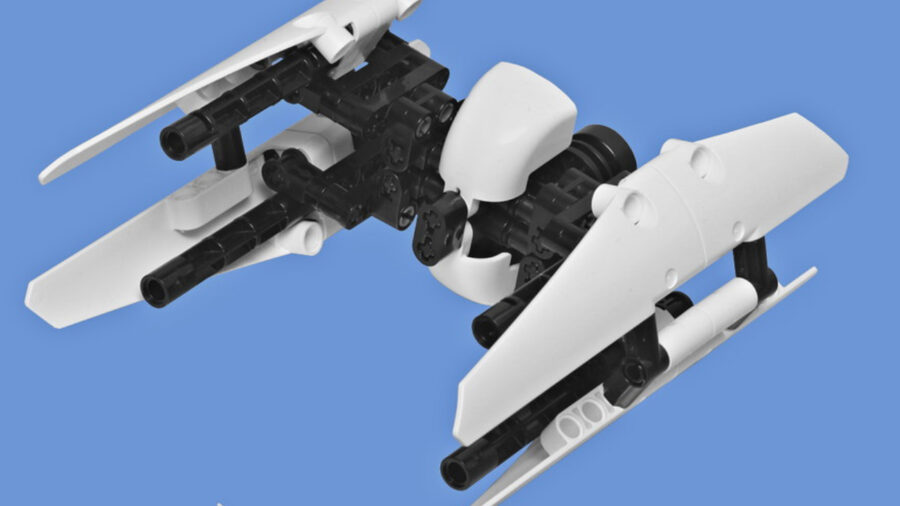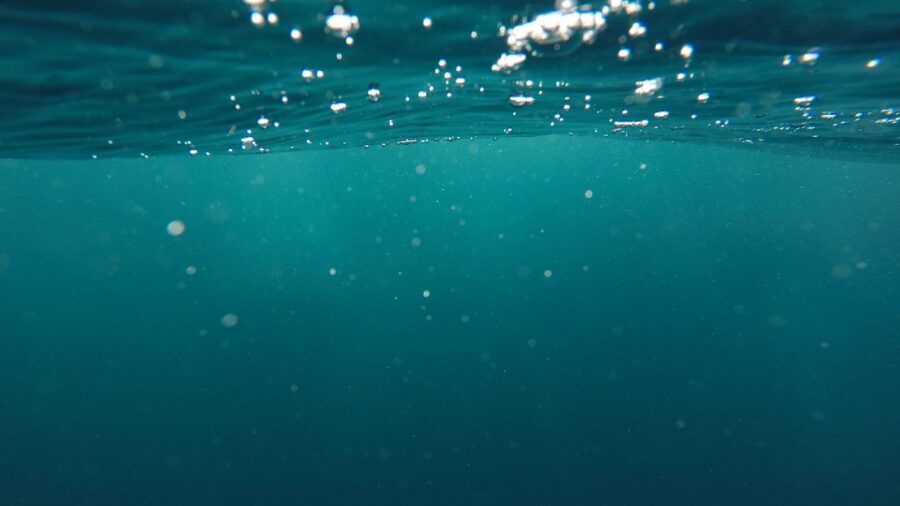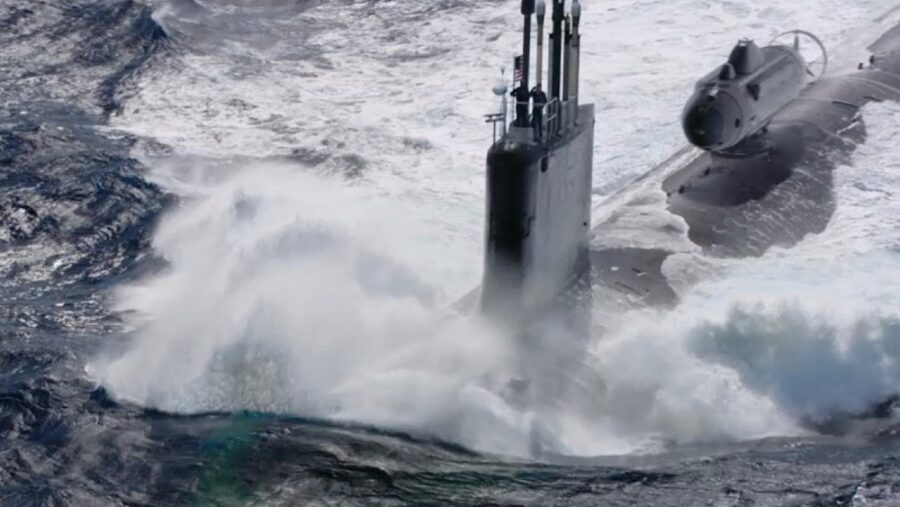Undersea Drones Launch As Submarine Replacements

In the same way that unmanned aircraft have become an important part of modern military strategy, new undersea drones are being introduced. These new unmanned submarines could change naval warfare, allowing underwater missions to be launched without human crews. The United States and Australia have recently unveiled prototypes for these new unmanned military vehicles.
The Underwater Arms Race

The Australian prototype is called Ghost Shark and it was introduced last month. The Australian Defense Ministry introduced its new undersea drone, emphasizing the Ghost Shark’s ability to provide unmanned military force and surveillance. Their model is in production, with the first non-prototype models expected to be finished next year.
The Manta Ray

The United States has its own new undersea drone prototype called the Manta Ray, which was revealed earlier this month. The Manta Ray’s main advantage is its modular nature, which allows it to be easily disassembled and reassembled for overland shipment, making it more versatile than other submarines. It joins the Orca in the potential future unmanned submarines the United States is considering, with the Orca being a Boeing-developed prototype with similar capabilities to Australia’s Ghost Shark.
Airborne Drones Have Been Used For Years

These undersea drones are part of the modern arms race, which is focused on developing more unmanned options for warfare. Unmanned aircraft have played a strategic role in the United States’ wars in Afghanistan and Iraq as well as in the ongoing war between Russia and Ukraine. Unmanned military ships are also already a part of naval military forces, but the technology required for unmanned submarines has made them impossible until now.
The Complications Of The Deep Ocean

Undersea drones have been difficult to develop compared to aircraft and surface naval ships because of complications with underwater communication. A combination of satellite imaging, light waves, and radio waves are used to control other unmanned drones, but those methods don’t work in deep water. It’s unclear how the Manta Ray, Orca, and Ghost Shark will get around this problem, with the details being classified.
Many other details about the prototypes are classified, with only a few pieces of information being made publicly available. Specs like speed, range capabilities, and field capacity all remain unknown, which is unsurprising given the military nature of the undersea drones. However, it has been revealed that both the Orca and Ghost Shark utilize modular weapon systems, meaning they can be equipped with specific weapons depending on the needs of a given mission.
Long Time Before Submarines Are Replaced

The Ghost Shark in particular indicates that we are officially entering the age of the undersea drone. Development on the prototype began only two years ago and is already entering production, making it significantly ahead of schedule. While the Australian military will be the first to deploy the new submarine, they will also be available for export once production is complete.
The wave of new undersea drones is the latest in unmanned vehicular warfare. Proponents of the technology argue that it minimizes the loss of human life in warfare by removing soldiers from the vehicles, which are frequent targets, while critics claim that depersonalized warfare increases the risk to civilians. Whether it’s a good thing or not, there’s no denying that drone warfare is only becoming more common and important in modern war.












